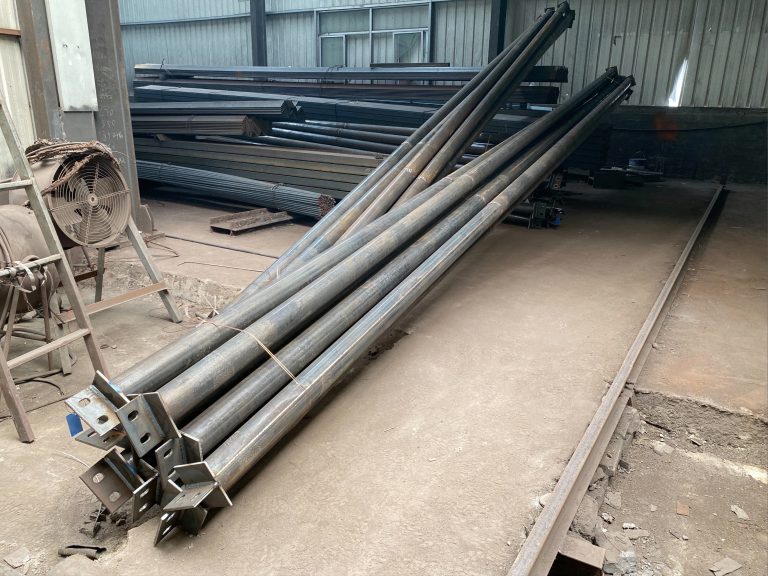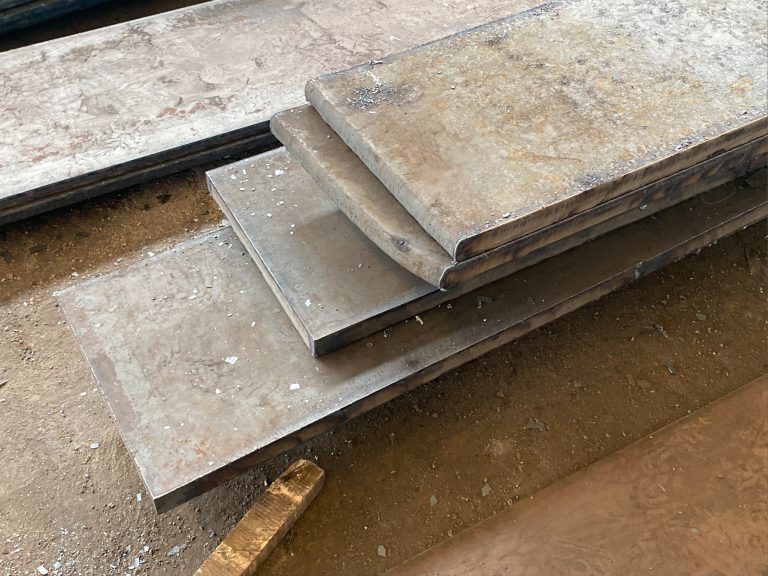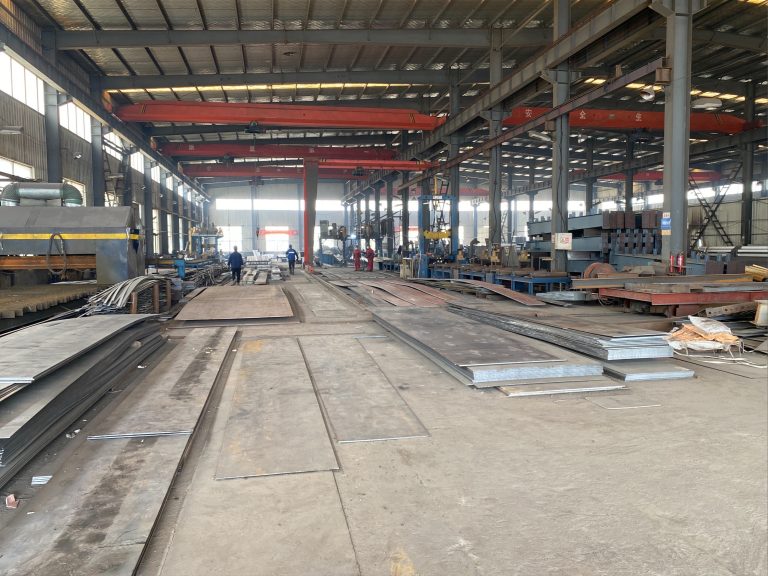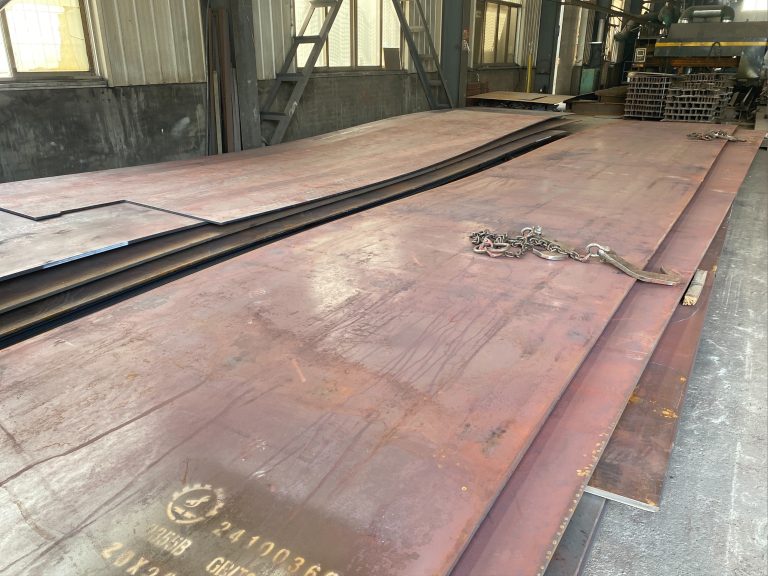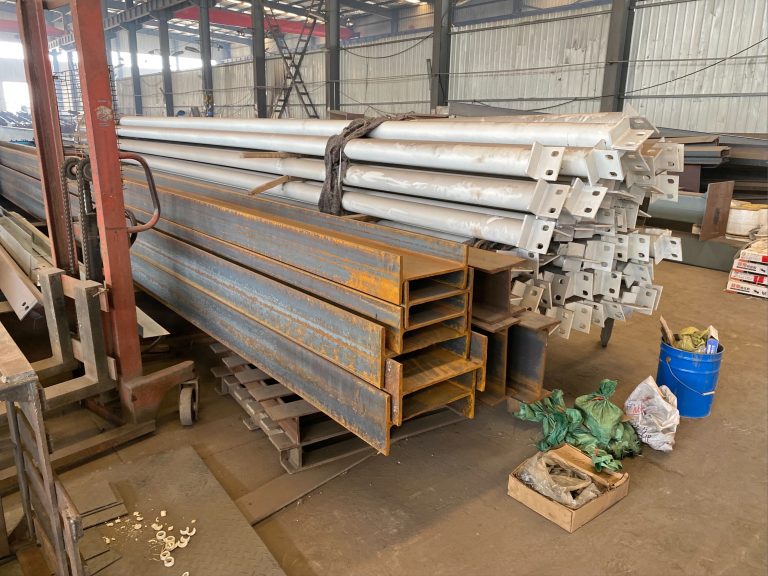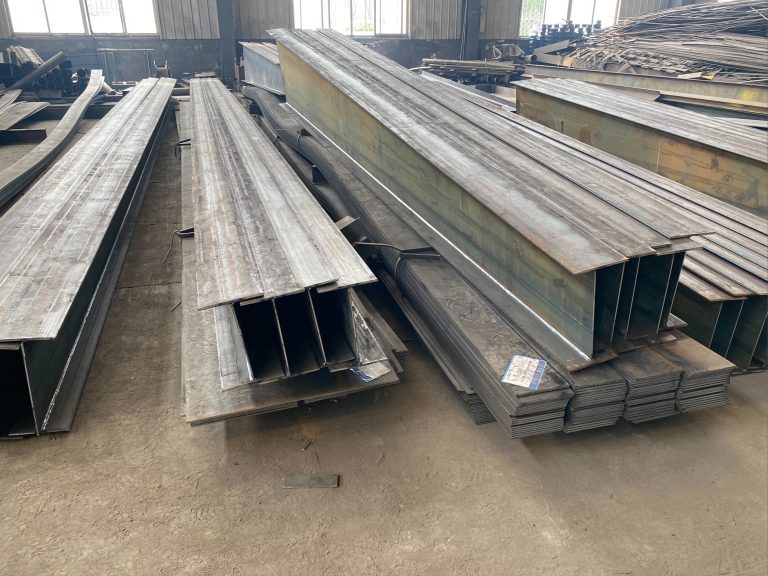Design and technological innovation of steel structure in green transportation facilities
Table of Contents
Sustainable Design Strategies for Steel Structures in Green Transportation Facilities
Steel structures have long been a popular choice for construction due to their strength, durability, and versatility. In recent years, there has been a growing emphasis on sustainability and green design in the construction industry. This has led to a shift towards incorporating sustainable design strategies in the design and construction of steel structures, particularly in green transportation facilities.
One of the key considerations in the design of steel structures for green transportation facilities is the use of recycled materials. By using recycled steel, designers can reduce the environmental impact of the construction process and decrease the demand for new raw materials. Additionally, using recycled steel can help to lower costs and make the project more economically viable.

Another important aspect of sustainable design in steel structures is energy efficiency. By incorporating energy-efficient design features such as natural lighting, passive heating and cooling systems, and high-performance insulation, designers can reduce the energy consumption of the facility and lower its carbon footprint. This not only benefits the environment but also helps to reduce operating costs over the long term.
In addition to using recycled materials and incorporating energy-efficient design features, designers of steel structures in green transportation facilities also need to consider the overall lifecycle of the building. This includes factors such as maintenance requirements, durability, and the ability to adapt to future changes in technology and usage. By designing for longevity and flexibility, designers can ensure that the building remains functional and efficient for years to come.
One innovative approach to sustainable design in steel structures is the use of modular construction techniques. By prefabricating components off-site and assembling them on-site, designers can reduce construction waste, minimize disruption to the surrounding environment, and speed up the construction process. This not only helps to reduce the environmental impact of the project but also allows for greater precision and quality control in the construction process.
Another important consideration in the design of steel structures for green transportation facilities is the integration of renewable energy sources. By incorporating solar panels, wind turbines, or other renewable energy technologies into the design of the building, designers can reduce its reliance on fossil fuels and lower its overall carbon footprint. This not only benefits the environment but also helps to future-proof the facility against rising energy costs and regulatory changes.
Overall, the design and technological innovation of steel structures in green transportation facilities play a crucial role in promoting sustainability and reducing the environmental impact of the construction industry. By using recycled materials, incorporating energy-efficient design features, designing for longevity and flexibility, and integrating renewable energy sources, designers can create buildings that are not only environmentally friendly but also cost-effective and efficient. As the demand for sustainable design continues to grow, it is essential for designers to stay at the forefront of innovation and continue to push the boundaries of what is possible in the field of green construction.
Advancements in Technological Innovation for Steel Structures in Green Transportation Facilities
Steel structures have long been a popular choice for construction due to their strength, durability, and versatility. In recent years, there has been a growing emphasis on sustainability and green building practices, leading to advancements in the design and technological innovation of steel structures in green transportation facilities.
One of the key areas of focus in the design of steel structures for green transportation facilities is energy efficiency. By incorporating features such as high-performance insulation, energy-efficient lighting, and renewable energy sources, designers can reduce the overall energy consumption of the facility. This not only helps to lower operating costs but also reduces the facility’s carbon footprint.
Another important consideration in the design of steel structures for green transportation facilities is the use of sustainable materials. Steel itself is a highly recyclable material, with a significant portion of the world’s steel production coming from recycled scrap. By using recycled steel in the construction of transportation facilities, designers can help to reduce the demand for new steel production and minimize the environmental impact of the project.
In addition to using sustainable materials, designers are also exploring new technologies to improve the environmental performance of steel structures. For example, the use of advanced coatings and finishes can help to protect steel from corrosion and extend its lifespan, reducing the need for maintenance and replacement. Similarly, the development of new construction techniques, such as modular construction and prefabrication, can help to minimize waste and streamline the construction process.
One of the most exciting developments in the design of steel structures for green transportation facilities is the integration of smart technology. By incorporating sensors, actuators, and other smart devices into the structure, designers can create buildings that are more responsive to their environment and more efficient in their operation. For example, smart lighting systems can adjust their brightness based on natural light levels, while smart heating and cooling systems can optimize energy usage based on occupancy patterns.
The design and technological innovation of steel structures in green transportation facilities are also being driven by a growing focus on resilience and adaptability. With the increasing frequency of extreme weather events and other environmental challenges, designers are looking for ways to make transportation facilities more resilient to these threats. This includes the use of innovative structural systems, such as buckling-restrained braces and base isolation systems, to improve the building’s ability to withstand earthquakes and other natural disasters.
Overall, the design and technological innovation of steel structures in green transportation facilities are helping to create buildings that are not only environmentally friendly but also more efficient, resilient, and adaptable. By incorporating energy-efficient features, sustainable materials, smart technology, and resilient design principles, designers are able to create transportation facilities that meet the needs of today while also preparing for the challenges of tomorrow. As the demand for sustainable and resilient infrastructure continues to grow, we can expect to see even more exciting advancements in the design of steel structures for green transportation facilities in the years to come.

